How Long does it Take to Get Fit for an Ultra Endurance Running or Cycling Event?

Ultra running and cycling events are great fun, but they require you to be able to keep going for a long time...sometimes days.
So how long does it take to get fit for an ultra running or cycling event? In my experience there a re four main factors which determine how long you will need:
- Where are you starting from?
- How long is your event?
- What are your goals for the event?
- How much time do you have to train?
So let's think about each of these in turn.
1) Where are you starting from?
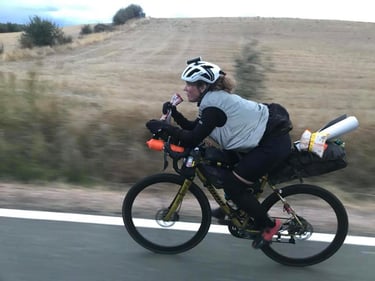 If you have not ever done any training or have been relatively inactive for some time (6 months +) then you will need to spend some time building your base fitness. This means building up the volume slowly so that you don't get too tired and burn out before your big day. Essentially your main focus is going to be on ensuring that you can complete the event.
If you have not ever done any training or have been relatively inactive for some time (6 months +) then you will need to spend some time building your base fitness. This means building up the volume slowly so that you don't get too tired and burn out before your big day. Essentially your main focus is going to be on ensuring that you can complete the event.
It's usually better to establish a good routine with some shorter sessions in the week and some longer endurance sessions at the weekends and to work on the basis that you don't want to increase your overall load each week by more than 10%. You also want to make sure that you have some weeks where you are taking things easy and recovering (every third or fourth week works best).
John talks about how important it is to manage your training load in his video here:
Some rules of thumb can be useful to help you decide how long it will take you to be able to complete the distance for your event. For example I usually assume that most cyclists can add 10 miles (15km) to their longest ride in any three to four week period with adequate rest before and after. So if we assume that in month 1 you would ride 10 miles and you are doing a 100 mile event it would take you 10 months to be able to ride 100 miles (all else being equal).
For runners the rules of thumb are a bit different as the neuromuscular and cardiovascular toll is greater. Here I would assume that you would be able to add 2 or 3 miles (3-5km) to your longest run in any two to three week period with adequate rest before and recovery after. As such if you know you can run 5km it will take you 7 months to be able to run 21 miles (34km).
These approaches are conservative and the reality is that as you become more accustomed to long training sessions you can find that you can add more mileage with less issue. That's why some people prefer to use the 10% rule.
This also assumes that you will be training on terrain similar or the same as the terrain for your main event. If you are training somewhere flat for a very hilly or mountainous course you will need to factor in the added load created by elevation gain which you may not be able to do week on week or may have to do in a different way (strength training/indoor training).
If you have a strong training background and are coming back after a break you may find that you can build you fitness a bit quicker and/or require less recovery after your longest ride in each month. You might also know for example, despite having had a break that you can easily ride 20 miles and/or run 10 miles. The key here is not to try and do too much too soon, assuming that you will be able to start right back at the fitness you had when you stopped 6 months ago. I usually like to start athletes off after a long break very conservatively to see how they respond before making big steps in volume.
2) How long is your event?
The longer your event the longer it will take you to get from where you are now to being able to complete the event. For this reason it's sometimes good to have some stepping stones along the way to your big event. So for example if your goal is to run a 100 mile (161km) event you might want to plan to run a 30 mile (50km) and a 50 to 65 mile (80 to 100km) event to track how you are doing and see how you respond to the incremental distance. Equally if your main event is a 932mile (1500km) bike event you might want to plan a 200km (125 miles), 600km (373 miles), 800km (497 miles) and 1000km (621 miles) events to see how you respond.
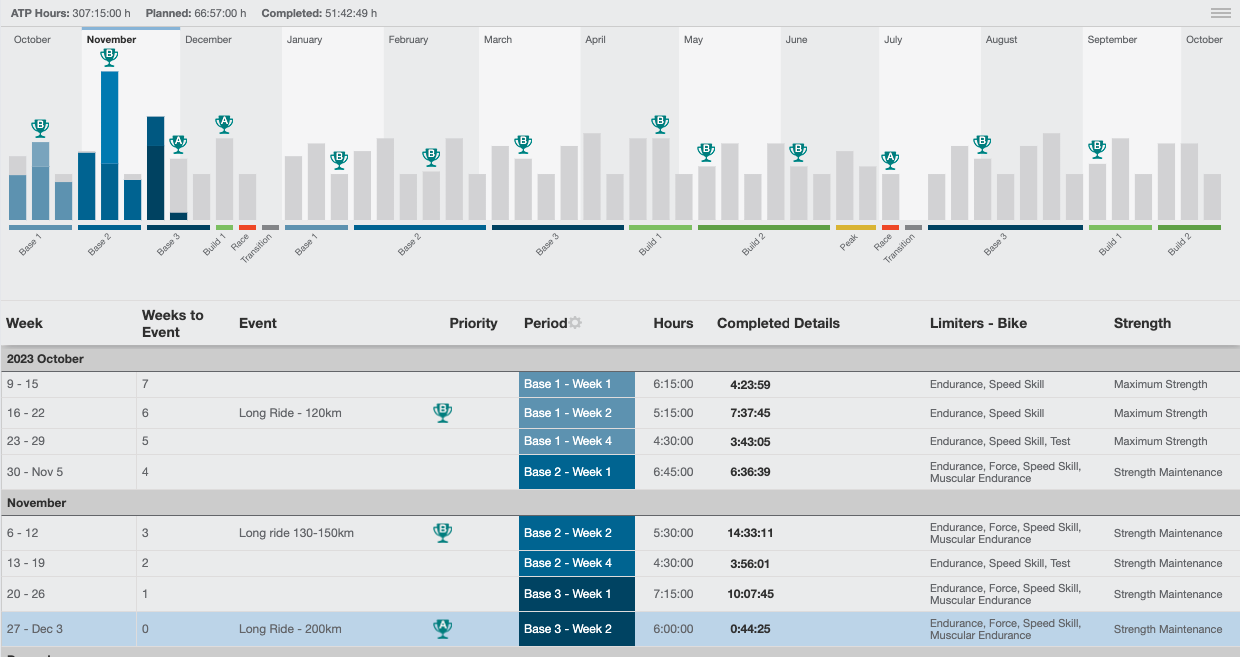
These stepping stones are useful as you can assume some fitness gain from the events and also learn a lot about how you respond mentally and physically to the longer distances. Other factors start to come into play when you get to the longer distances including:
- Fuelling
- Discomfort (blisters, saddle sores/friction points)
- Dealing with fatigue and sleep
- Keeping going at night
- Dealing with incidents/problems that arise en route.
You will only learn about these if you do the longer practice events.
Once you start getting to very long distances, you can no longer assume that you will build your volume month on month as the recovery you need from the longer distance is too great. It's at this point that you would look to have a good training routine with an overall decent volume and then add in longer training sessions once every 6 weeks or so to enable you to taper enough for the event and recover adequately after it.
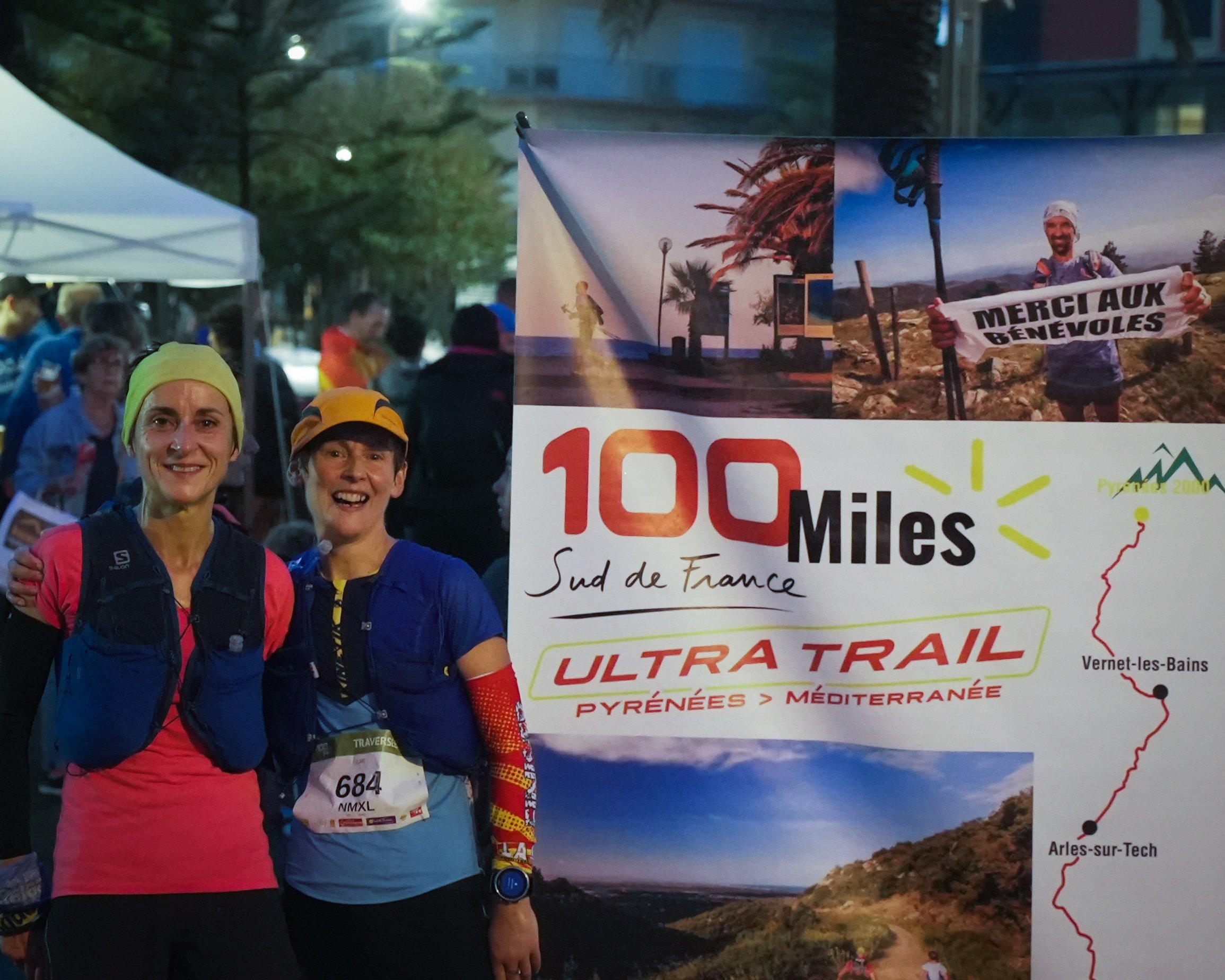
As a rule of thumb I usually assume that for runners beyond 50km and for cyclists beyond 100miles we can no longer assume that you will be building volume month on month but plan intermittent big endurance blocks over a weekend either as one training session or split over one to three days depending on the goals event. I would aim to plan these off the back of a recovery week to give you as much chance as possible to have a positive experience that you can learn from.
Planning these events in with adequate taper and recovery will dictate how long it will take you to be ready for you main event. That being said, for very long events you are unlikely to do the full length of the event in training; you can assume that the fitness you gain from your practice events will be sufficient to carry you through the entirety of your event. This rule can be applied to shorter events, so I would not expect an athlete running a 50 mile (80km) ultra event to run 50 miles in training in one day (although they might easily cover that in a week); their longest run might be nearer 40 miles (around 60km). The longer the event the less of the entire distance you cover in one training session in training.
In addition once you know that you are confident enough that you have done enough training to complete the distance then you can start to think about how you might be able to complete your event more quickly.
3) What are your goals for the event?
Up to now we have looked mainly at what it takes to be fit enough to complete an event, however you may have goals other than completion: a specific time (sometimes essential for events with a time cut off), a personal best or particular time or a podium.
In this case then you need to be able to establish both that you can complete the distance and do some training which will help you achieve your performance related goals; this may take longer than training to simply complete the distance.
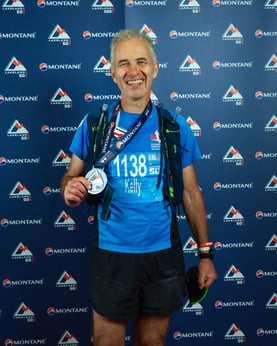
It's with good reason that the Olympic games comes round every 4 years; it really is very difficult to become the very best in the world and how you are able to train and perform one year has an impact on the fitness you carry through into the next.
Athletes who have maintained a good training routine year on year will perform better than athletes who for whatever reason have to take time out whilst training for a big event. So while we can use our rules of thumb to extrapolate how long it might take to be fit enough to complete an event, the time it takes to reach certain performance goals might be part of a bigger multi-year plan.
In addition to this, the more you train and the faster you get, the harder it is to make fitness gains; things become more complicated and the training stimulus may need to change to make more gains.
The more elements you add to your training the harder it is to measure and manage your training stress so that you don't over-train and become injured. So whilst we would always look to work on both endurance and speed/power, we necessarily have to compromise one element slightly to make gains in another (e.g. more speed less volume).
Good training plans can combine all elements so that 'it all comes together' on the day.
4) How much time do you have to train?
If you are not time rich then the way you approach your training and to a certain extent your goals you have will need to be adapted. In particular for long events finding large chunks of time to get the long endurance sessions in may be harder to find and as such you may need more time to fit in all the long training you need.
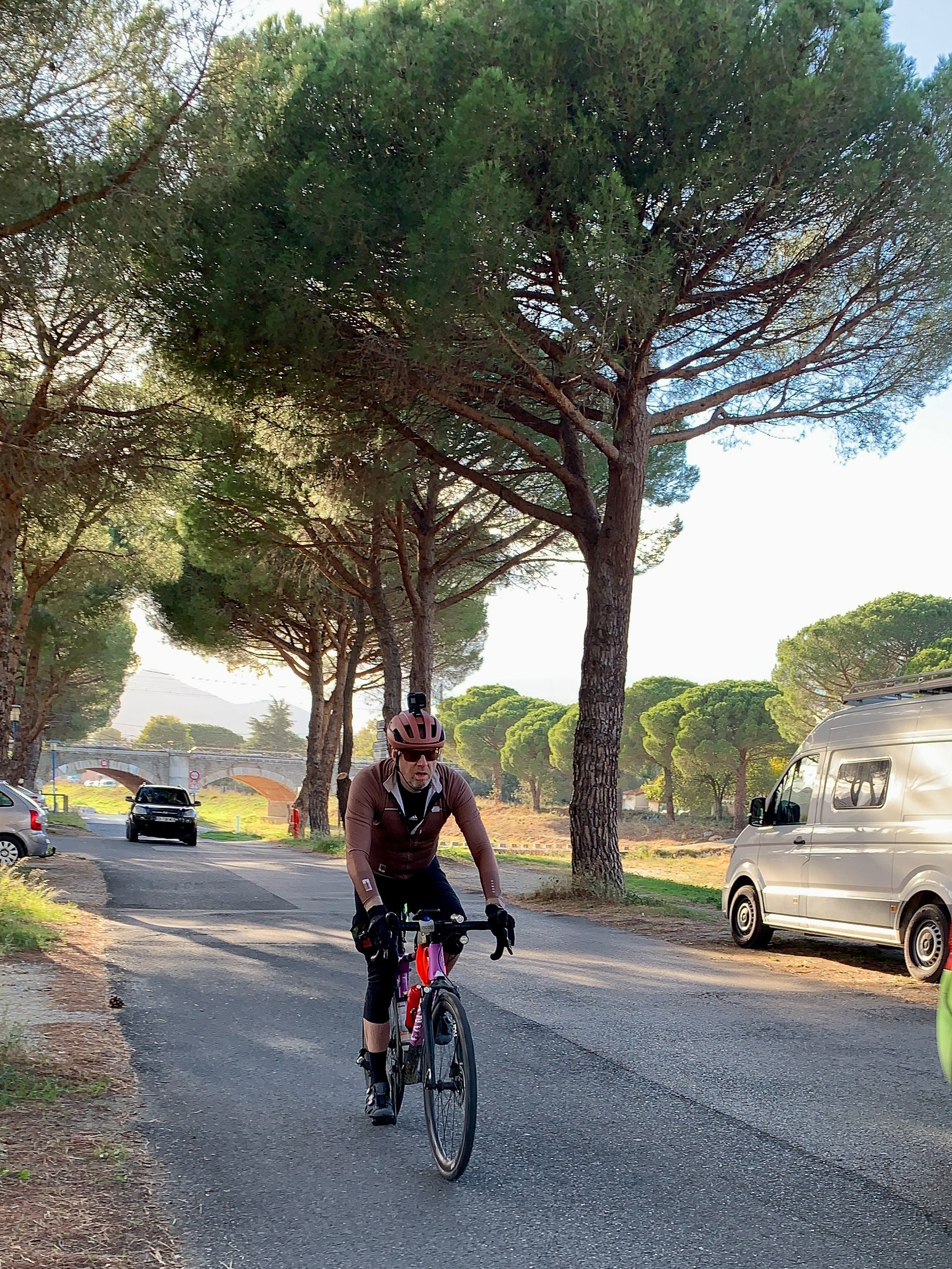
Depending on the other things you do which take time away from your availability to train may also affect how much load you can take and how much recovery you need. For example a stressful job or being a full time mum takes energy and creates some stress (albeit not training stress) which will reduce your available energy to train.
A good way to approach this is to assume that your A event one year also acts as a B event for the next year. That is you carry the fitness and experience gained training for your A event in year one to your A event for the next where you could hope, all else being equal to achieve more.
Of course the more time you have the easier it is to over-train so having all the time you want is not always helpful. Whether you can train 20 hours per week or 8, you will still need to have elements of recovery in each week and each 3 to 4 week period.
Whether you are time rich or time poor the key is to train optimally; so plan your training around your life so that when you get to each session you are in the best possible condition you can be to complete that session to the best of your ability.
Additional Questions
Are there shortcuts I can use?
You can always try to make gains in less time but the more increases in load you plan over a shorter period the more your risk injury and over-training which will compromise your ability to do the event at all. For athletes who come to me with less than an optimal amount of time I usually try to build fitness gradually and get them as fit as possible accepting that completing the event will be a big step and the latter stages of the event will hurt more than would otherwise.
What if I get ill or injured?
Getting ill or injured will necessarily mean you have to take time out from training. Depending on the severity you may also have to start back with a lower load that you were maintaining before your illness. For this reason it's usually better to start your training earlier rather than later so that it doesn't matter so much if you have to take some time out.
Tags:
Cycling Training, Bikepacking, Endurance Training, trail running, ultra running, ultra-cyclingNovember 29, 2023
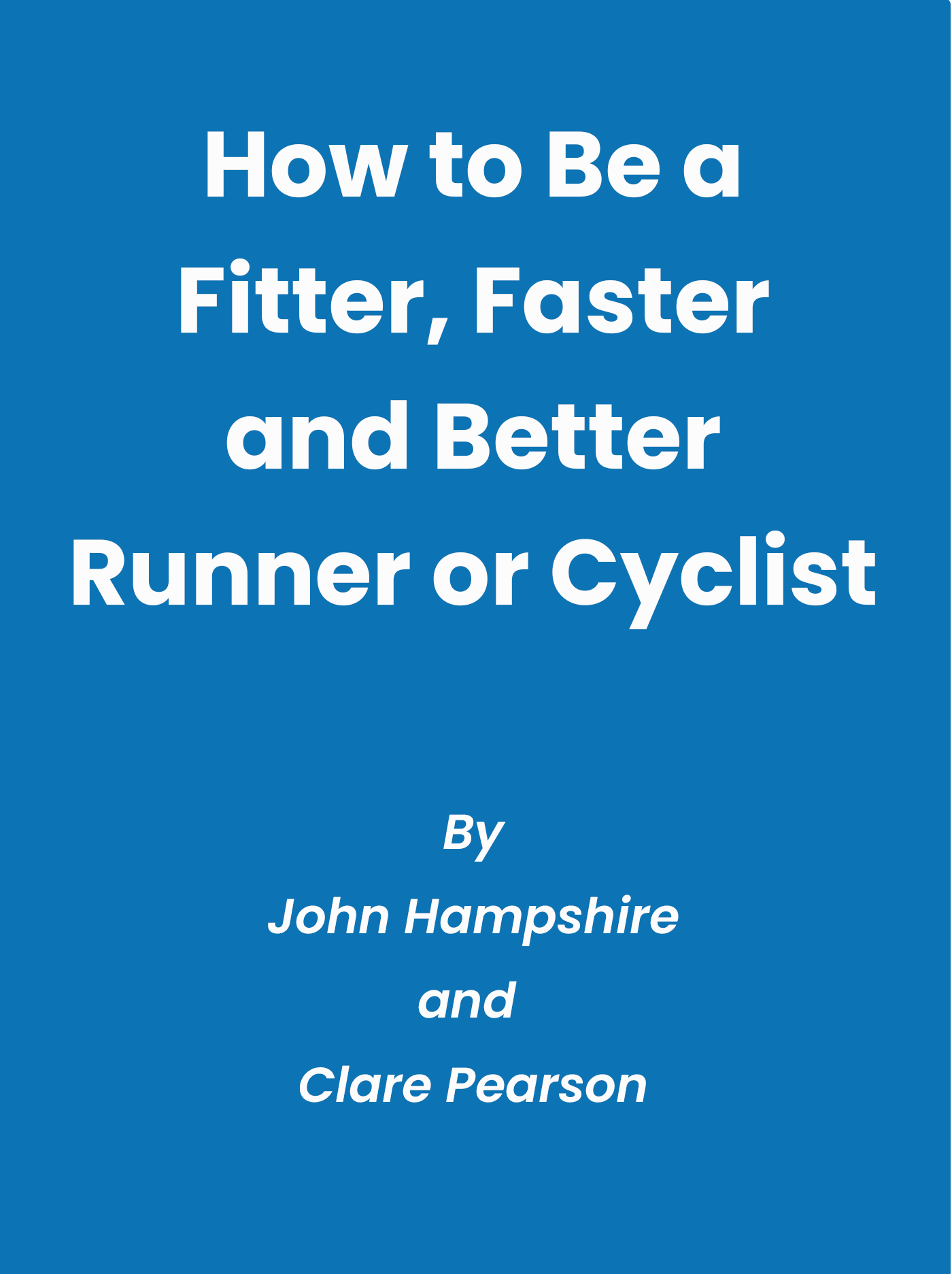
Comments